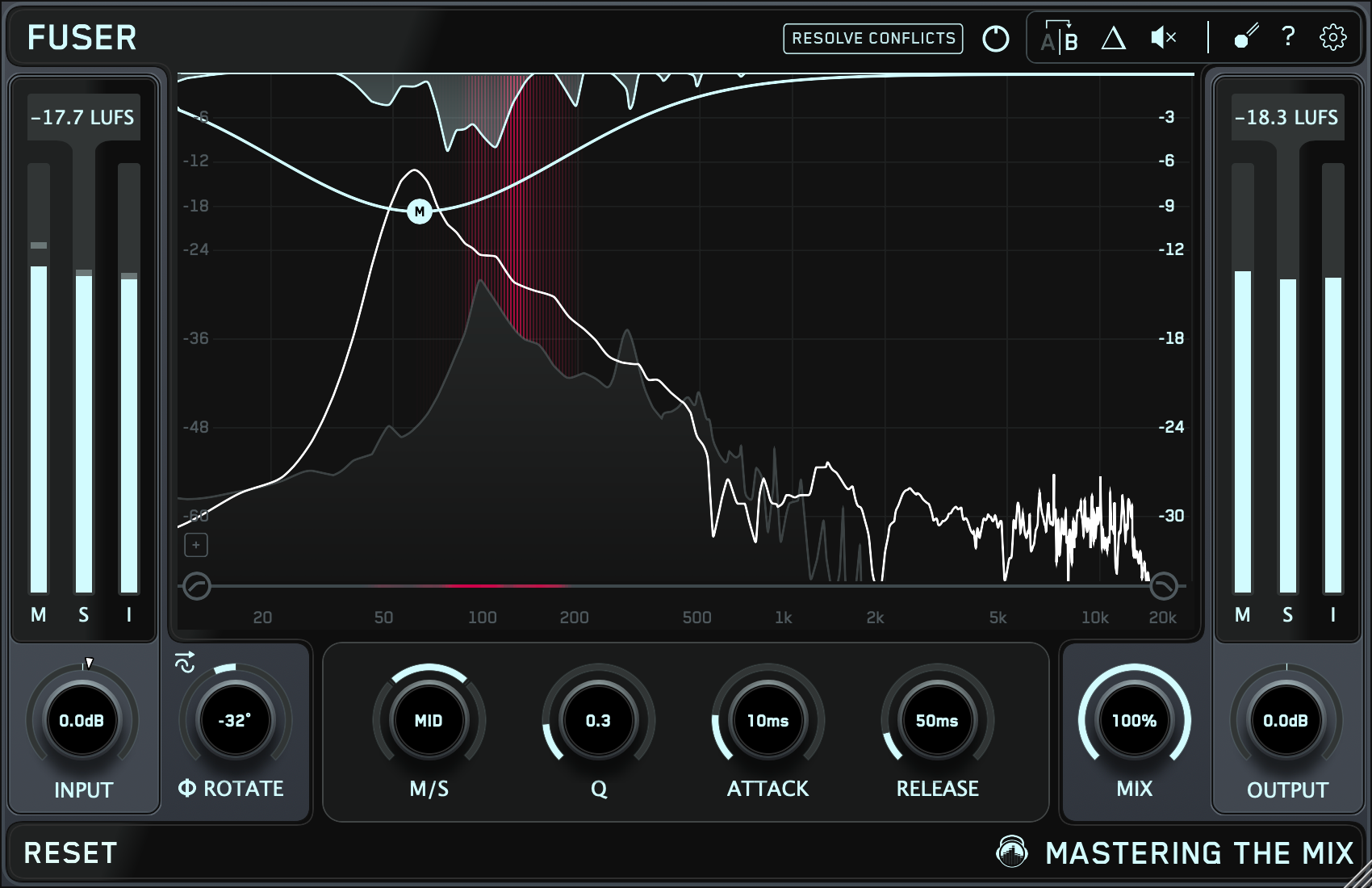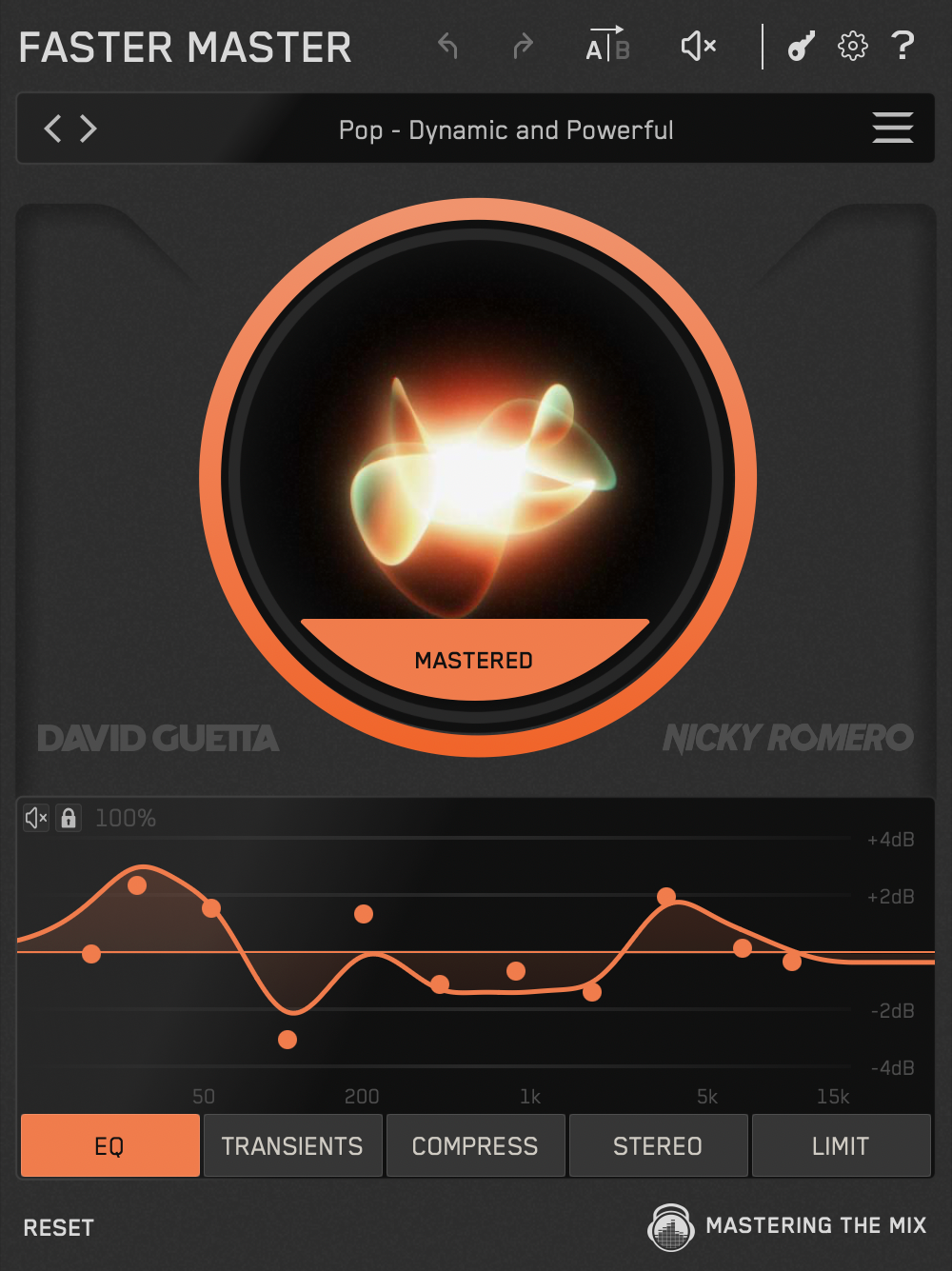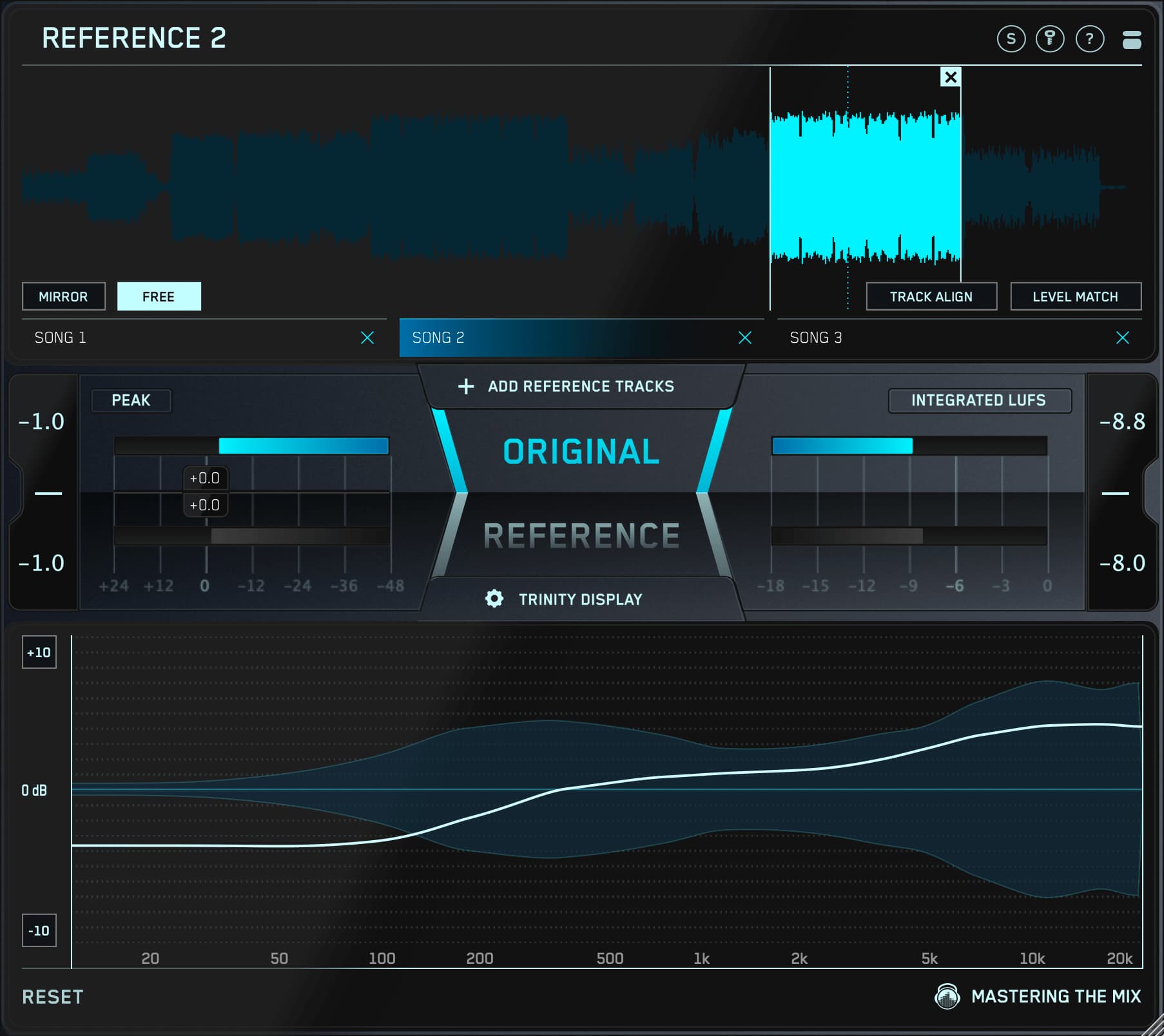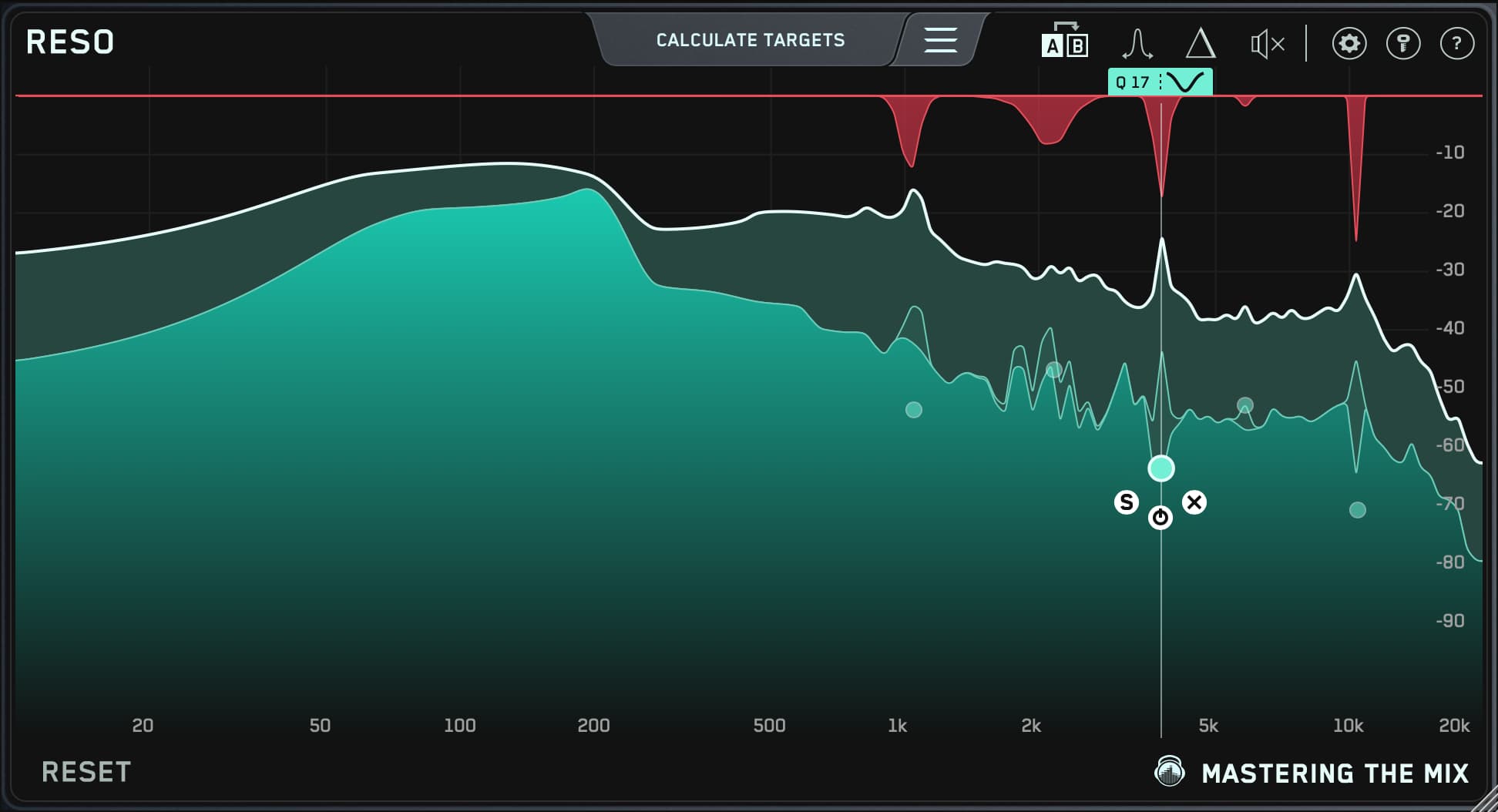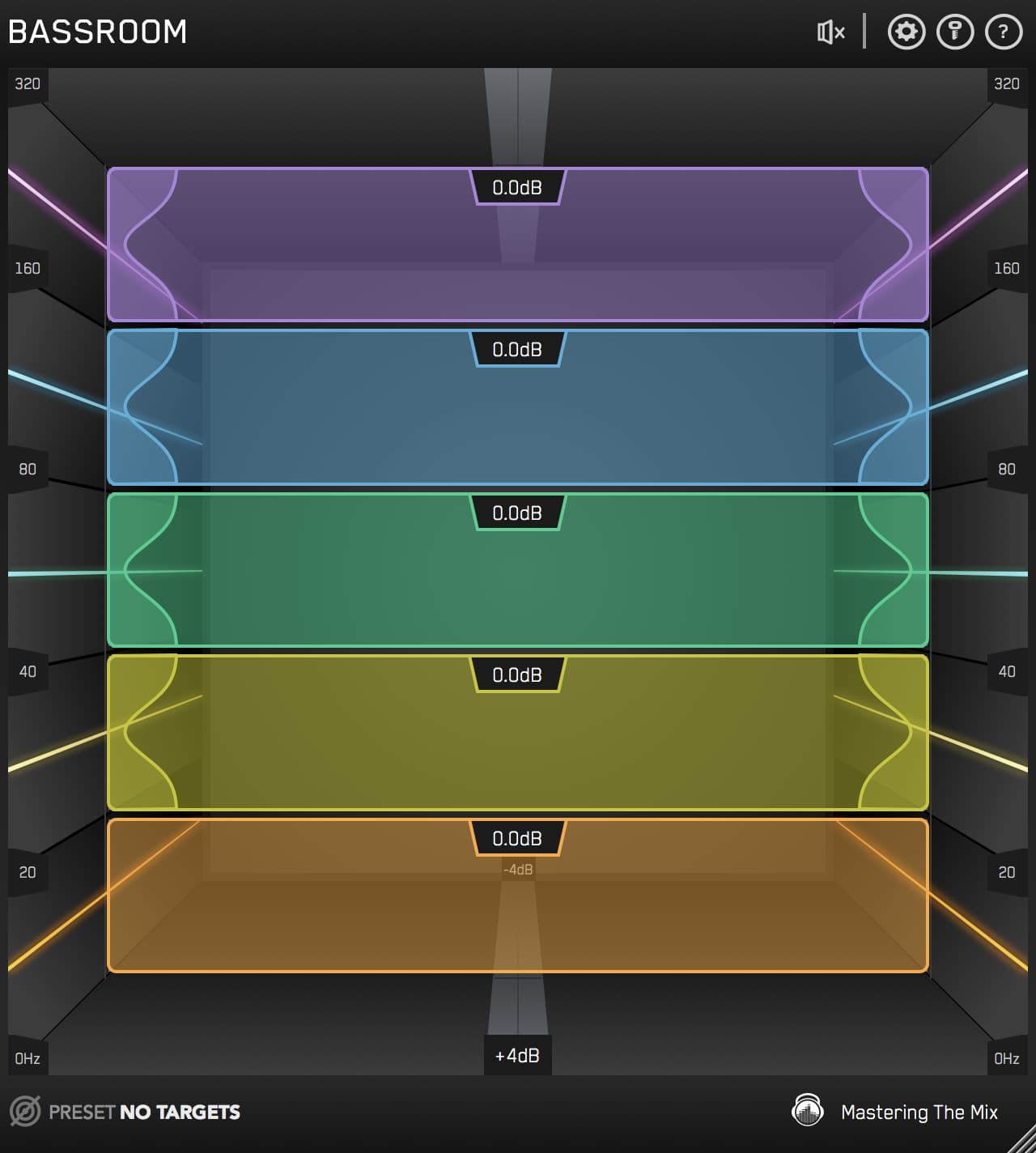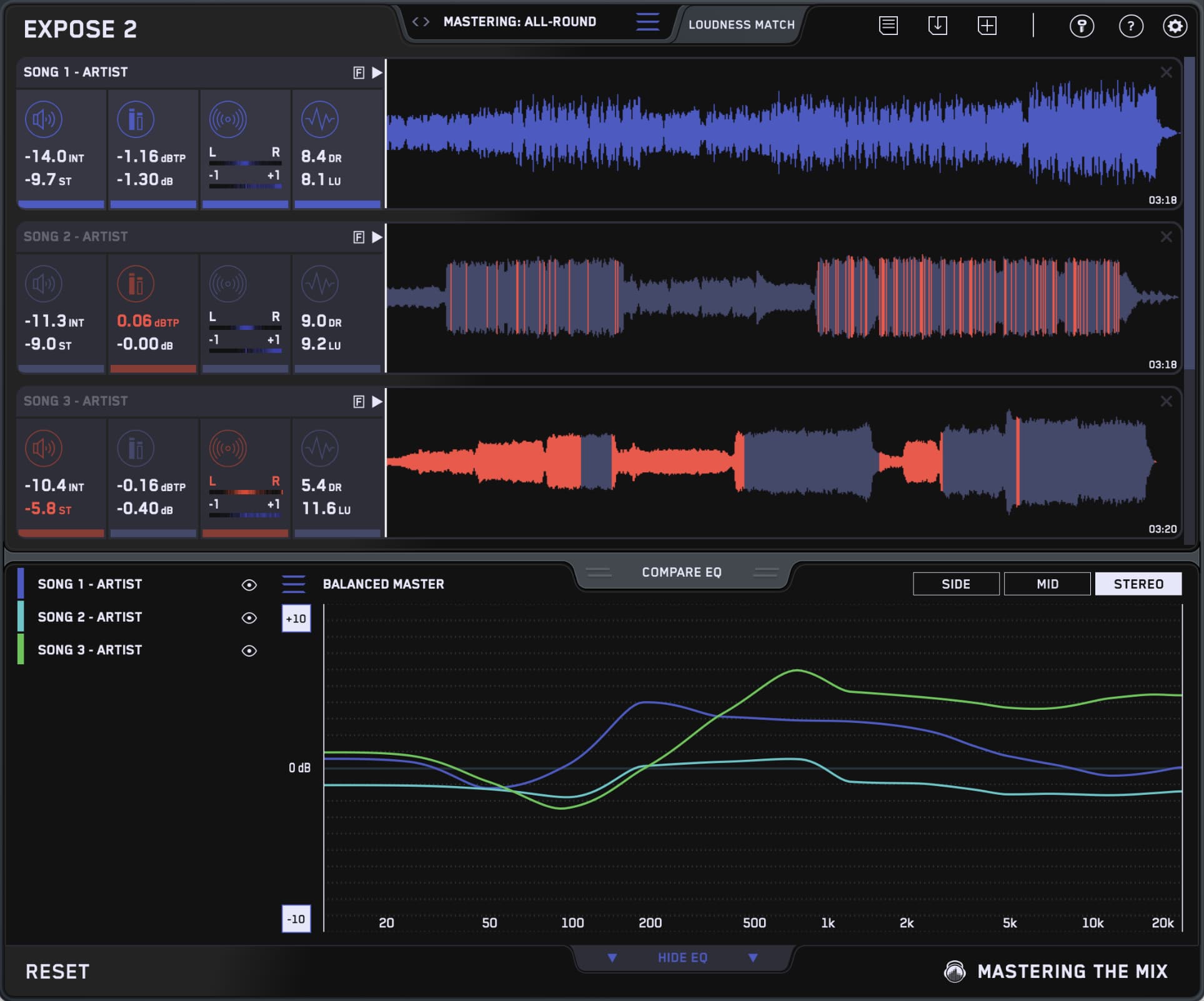Nothing kills a song faster than a muddy, crowded mix. When your kick and bass blur together or your vocals get buried under guitars and synths, the emotion of your music disappears.
This blog teaches you how to fix that. You will learn how to separate your channels with precision, add space and clarity, and make every element of your track hit with impact.
The result is music that resonates more deeply, feels professional, and connects with listeners.
If you want your mixes to sound clean, powerful, and unforgettable, keep reading.

Why Channels Compete for Space
When two sounds occupy similar frequencies but are not perfectly aligned, they interfere with each other. This is called phase cancellation. Instead of blending, parts of the signal cancel out, reducing clarity and impact.

Imagine two waves meeting at the same time. If one peaks while the other dips, they partially cancel each other. The closer the frequencies are, the more noticeable the effect becomes.

Channel clashes can appear in many ways during production:
- Overlapping frequencies. Bass and kick competing for low-end energy, or vocals clashing with guitars in the midrange.
- Mono playback. A mix that sounds fine in stereo may lose depth when collapsed to mono.
- Microphone placement. Multiple microphones capturing the same source can create cancellations if their signals are not aligned.
- Parallel processing. Duplicate signals with compression or EQ can shift phase and introduce conflicts.
- Room acoustics. Reflections and resonances interact with the direct sound and create phase issues.
- Sample layering. Stacked sounds may not align perfectly, causing certain frequencies to weaken or disappear.
- Stereo imaging. When left and right signals share similar frequencies, conflicts appear, especially once summed to mono.
The image below shows the overlapping frequencies and stereo positions of the hit song Uptown Funk. Notice how the kick overlaps the bass, and how the vocals sit clearly above the big synth.

Get A Good Volume Balance
A wise first step when fixing clashes is to address the volume balance between the two channels.
If the (supposedly) submissive channel is louder than the dominant channel, then you’re off to a bad start.
Our plugin FUSER helps you analyze the relative volume of two channels so you can quickly tweak it to suit your goals.
Step 1: Load FUSER on the submissive channel.
Step 2: Sidechain the dominant channel.
Step 3: Align the input gain knob to the level match pointer. This will set the submissive channel to the same loudness as the dominant channel.
Step 4: You might decide to set the volume of your submissive channel a little quieter. Or move on to side-chain ducking to create more space.

Sidechain Techniques: Creating Space in a Crowded Mix
Creating space in a mix through sidechaining is straightforward. You identify two channels in a similar frequency range fighting for space in your mix, such as your kick and bass, or vocals and piano.
With sidechaining, you give one priority over the other. You might use our plugin FUSER on your bass and sidechain the kick so the bass ‘ducks’ out of the way to make room for your kick allowing it to punch through the mix.
FUSER is also effective on musical elements such as guitars, pianos and synths to carve out space for your vocals so they can be the focal point for your song.
Once FUSERs sidechain is set up, you’ll see frequency-specific channel conflicts glowing in the display.

Click the 'Resolve Conflicts' button to automatically initiate processing that transparently resolves channel conflict and frequency masking without overdoing it. The smart node is fully tweakable, putting you in control.

To manually create a node, double-click the frequency display. Drag the node down to increase the processing amount. Adjust mid/side, Q, attack, and release individually.
Click the small triangle button in the top right to listen to the Delta signal. It will assist you in setting the perfect attack and release settings.

Turn Pro With Mid Side Precision
In the digital era, mid/side processing plug-ins work by converting a stereo track into two signals. The Mid signal contains the information that shows up in both speakers, while the Side signal contains the information that is unique to the left and right speakers.

Conflict becomes a problem when clashing frequencies happen in the same mid-side position within the mix.
On the contrary, frequencies that overlap across different mid-side positions might not disrupt each other significantly.
To solve this, we can place side-chain ducking in the mid-side position where the clash occurs, while leaving the parts of the stereo image that aren't conflicting unprocessed.
FUSER makes identifying mid-side-specific clashing incredibly easy. The mid clashes are displayed as a red glow. The side clashes are shown as a yellow glow. It’s visual clarity for your mix.

With this information, you’re empowered to set each node to a mid-side position that alleviates the conflict without unnecessarily disrupting other parts of the sound.

Conclusion
A mix falls apart when instruments compete for the same space. Volume clashes, frequency overlaps, and phase issues all chip away at clarity. The solution is not guesswork or endless EQ sweeps. It is a precise workflow that shows you exactly where conflicts exist and removes them without harming the music.
That is what FUSER delivers. It highlights problem areas, balances levels, and clears space with transparent processing that sounds natural every time. Whether you are fixing kick and bass conflicts, carving room for vocals, or refining mid side placement, FUSER makes it fast, visual, and reliable.
If you want your mixes to sound clean, powerful, and professional, FUSER is the tool that gets you there. Try it on your next session and hear the difference for yourself.
👉 Get FUSER today and start mixing with total clarity and control.


